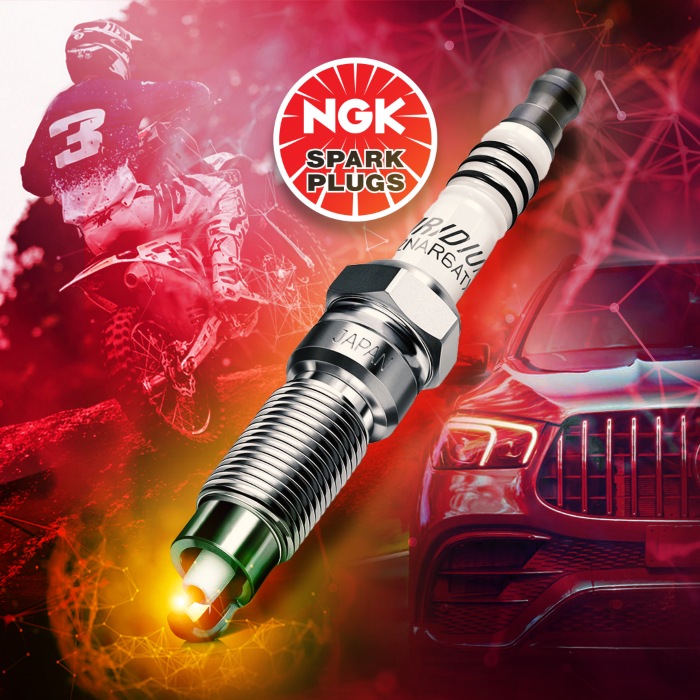
There is a common misconception that all spark plugs last 100,000km however, just over half of all vehicles manufactured since the year 2000 have a spark plug service interval of less than 100,000km. That percentage represents 6.3 million vehicles with three quarters of those cars having a service life of 60,000km or less.
But there is a bigger story at play here. While NGK’s use of precious metals and efficient tip designs has given rise to spark plug life expectancy, the demand of today’s modern engines continue to shorten that service life.
Fuel economy demands, government regulations and performance expectations, have all taken their toll on the life cycle of spark plugs, and that trend is expected to continue as direct injection, turbocharging, smaller packaging, and higher engine operating temperatures become more prevalent.
NGK partner with OEMs to develop the latest innovations and has the most extensive lineup of spark plug technology offering varying levels of ignitability, making NGK the supplier of choice for most manufacturers.
You might be one of the 50% who are running spark plugs with a service life of 100,000km and have no immediate need to be concerned, yet. However, there are potentially 6.3 million others that are putting their vehicles and wallets at risk.
There are some common engine performance conditions that may be signs that the spark plug is reaching the end of their life-cycle, these include:
If ignored, these conditions can negatively impact other ignition components such as ignition leads, ignition coils and the ECM which can lead to engine failure and unnecessary costly repairs.
As spark plugs grow older, they lose their sharp edges as material from the centre and ground electrodes is slowly eroded away. As the gap between these two points grows, the voltage required to bridge the gap increases proportionately. Even the best ignition systems will be strained to supply enough voltage to completely burn the fuel. It is at this point, when fuel is being left unburned, that the time has come to change spark plugs.
Replacing worn out spark plugs with new ones (with sharp new edges) effectively restores the ignition system’s efficiency. Misfires are reduced, power is restored, economy of operation is enhanced, and emissions are reduced. The best guide to determine when to replace your spark plugs is to follow the manufacturer’s recommendation for your vehicle, as service intervals vary from brand to brand and model to model.
No matter the engine, NGK SPARK PLUG is at the forefront of what is technically possible in terms of ignition and sensor technology. This is a result of the company’s product testing, which is carried out in the most extreme conditions possible, satisfying customers and fans the world over.
Look to and trust NGK Spark Plugs, the Ignition Specialists.
This article is brought to you by NGK